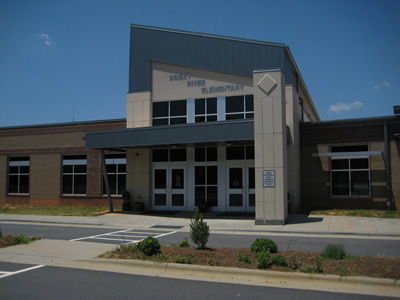Our blogging buddies from Upper Plenty have returned from their summer holidays. Right before their summer holidays and our winter break began we received our copy of a collaborative project. We were so excited to see our answers to the questionnaires included in this publication by Upper Plenty students , Ms. Crowther’s and Ms. Placek. The teachers had sent us questions to answer by email from the student groups to our teacher Mrs. Todd who then chose students to complete them from 3rd, 4th and 5th grade. A lot of collaboration was involved in completing the project around the world.
It was an absolute pleasure to receive a copy of Global UPdate fromMiss Crowther’s Class in Australia and we enjoyed looking at it when we returned. They had worked super-hard to meet their deadlines and publish their magazine. And what a very professional looking end product it is, too! We were so surprised by the awesome job they did with the publication to represent kids from all around the world. Some areas they focused on included school yard games, collections, literacy, math, music, teachers, and natural disasters.
The magazine was first introduced to students in Australia by the teachers at the beginning of Term 4. The magazine was to focus on similarities and differences of the lives of children from all around the world. After the students had all chosen a topic, they began their research. The research involved Skyping, blogging, emailing, interviewing and gathering information from books and the internet. The students spoke with students and teachers from all around the globe – from Japan, Monroe, NC, USA, China, India, Hong Kong, Germany, England and Canada.
The students said the project of “Writing our magazine has been a fun, rewarding and, at times, challenging task. It has involved a lot of hard work, dedication and enthusiasm to complete the magazine.” They had a launching party on December 18th, 2013 when they celebrated their hard work. A representative from the Red Cross came to speak with the students and thank them.
They sold the magazine and the money left over from having it published was donated to the Red Cross which helps kids around the world. We were happy to have had a part in this collaborative project and helping others at the same time! We look forward to more projects with students and classes around the world.



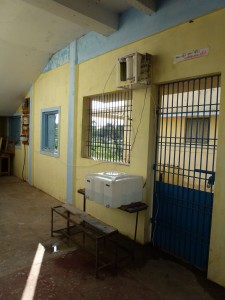


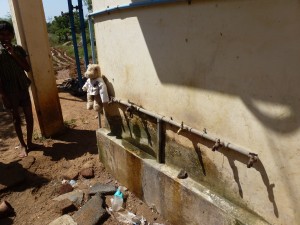



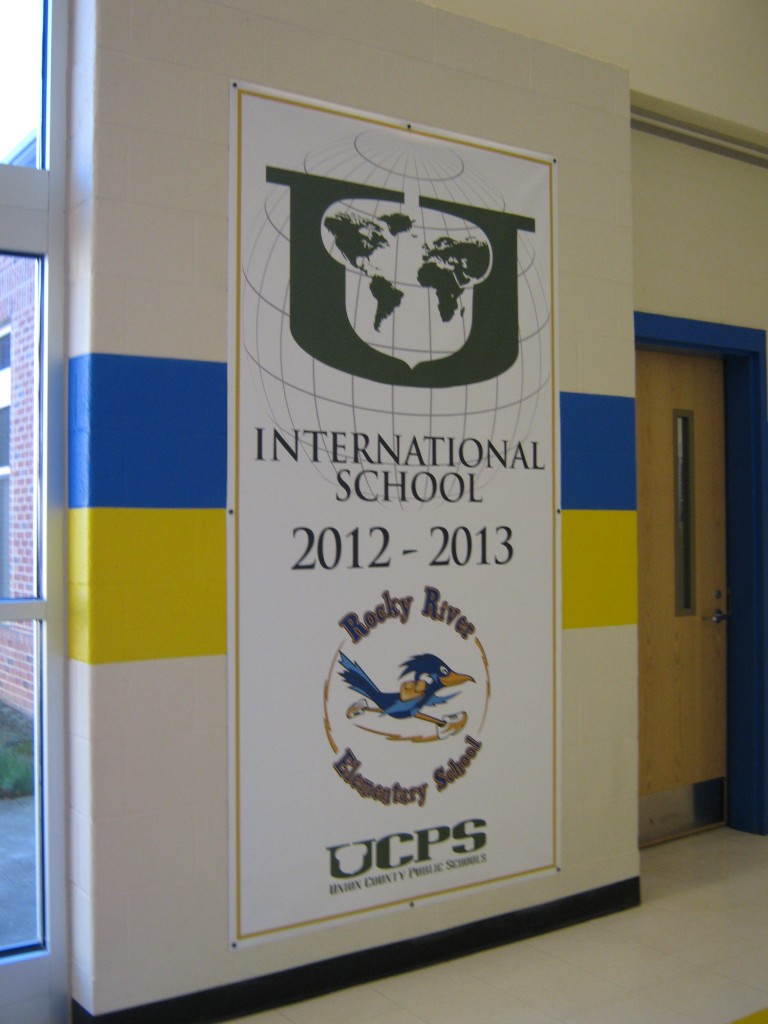
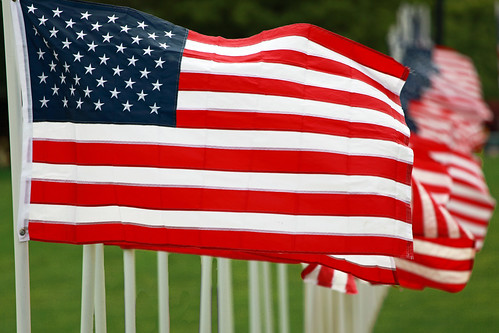



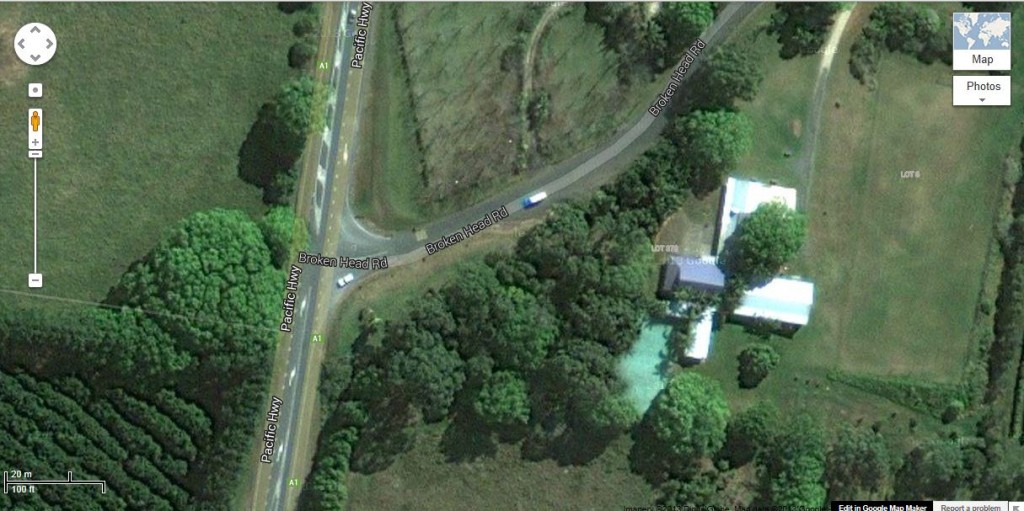 Other schools and blog sites that helped us compare schools in other places included many continents. Even though our focus was on Australia we have explored schools in England, Canada, Africa, Brazil and Scotland during our investigations. We also appreciate the opportunity to look into Mrs. Lynch’s second grade classroom on her blog site from Canada We loved seeing the video and comparing our classrooms to theirs. They read many of the same books. We saw The Littles, Pete the Cat, lots of Dr. Seuss books and many other familiar titles. They had pattern blocks. They did math. We wonder more about games they play and what they bring in their lunches.
Other schools and blog sites that helped us compare schools in other places included many continents. Even though our focus was on Australia we have explored schools in England, Canada, Africa, Brazil and Scotland during our investigations. We also appreciate the opportunity to look into Mrs. Lynch’s second grade classroom on her blog site from Canada We loved seeing the video and comparing our classrooms to theirs. They read many of the same books. We saw The Littles, Pete the Cat, lots of Dr. Seuss books and many other familiar titles. They had pattern blocks. They did math. We wonder more about games they play and what they bring in their lunches. 
